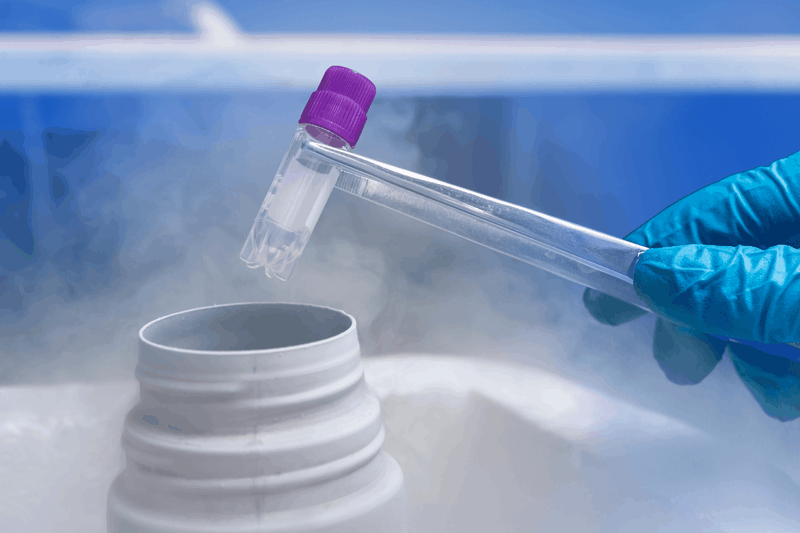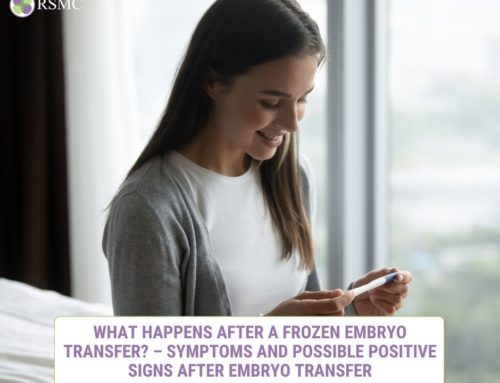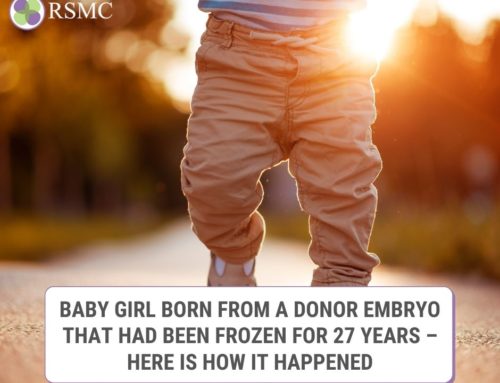Frozen Embryo Transfer (FET) Can Be the Answer to Your Problems with the IVF Process
Frozen Embryo Transfer (FET) is when embryos are frozen after they are created and implanted at a later date. Until the flash freezing process known as vitrification was introduced a decade ago, it has a very low implantation and live birth rate. There were various reasons for the low numbers.
One of the primary issues was the freezing process itself, with the slow freezing method ice crystals formed within the embryo which damaged it to the point it often wasn’t viable anymore. Because the success rates for thawed embryos was so poor, the only embryos that were frozen were the embryos that were not deemed healthy enough to use during the transfer that was the most likely to succeed, the live embryo transfer.
With the improvements in the freezing process, and improvements in the process of selecting embryos, it is being used frequently with results equal to those of fresh embryo transfers. Here are a few things to keep in mind when you are deciding whether to go with a frozen embryo transfer or traditional fresh embryo transfer.
- The flash freezing process, called vitrification, that is used now to freeze the embryos is 60,000 times faster than the old freezing method and doesn’t damage the embryos. With this system, over 90% of the embryos survive thawing and are the same quality as fresh embryos.
- Embryos are now being saved at the blastocyst stage, 5-6 days after fertilization, instead of the cleaved state, 2-3 days after fertilization. The larger embryos are more likely to be chromosomally normal and viable, this embryo size is preferred for both FET IVF and fresh IVF because when you use healthy embryos you don’t need to implant as many. The cleaved state embryos haven’t had as much chance to develop so they are more likely to be chromosomally compromised, or aneuploid, and not develop.
- Preimplantation genetic screening (PGS) can be done on the embryos before freezing so only healthy embryos are kept. Often people make more than one set of embryos and freeze them so when they are ready to implant they are sure to have viable embryos to work with.
- Embryo banking, freezing embryos for transfer at a later date, can replace the need for donor eggs as women get toward the end of their ovarian reserve. They last almost indefinitely so if a couple creates several sets of embryos and freezes them when they first start fertility treatment they will be able to implant their own embryos when they are ready for more children.
- Fresh IVF is performed about 5 days after an egg retrieval, this means the body is still full of fertility drugs and the uterus might not be in the ideal state for implantation. By waiting a month or so to implant the frozen embryo the body is no longer suffering the effects of the fertility drugs.
- During FET IVF if the uterine lining isn’t optimal the transfer can be put off for a month or until the problem can be resolved. Frozen embryos aren’t thawed until the uterine lining is in optimal condition for implantation so there is no waste.
- There is no wasting of embryos with this process. With fresh embryos, you have to implant as planned or the embryos goes to waste. Also, embryos can stay frozen until the uterine lining is perfect.
- A transfer can be done using the natural cycle so there are fewer drugs involved before the transfer. After the transfer, hormone are taken for the first two week until a pregnancy is established or a period occurs.
- FET IVF reduces the pregnancy risks of fresh embryo transfer IVF cycles, such as preterm labor, preeclampsia and low birth weight.
- It can be less expensive than fresh IVF. You only need one or two cycles of ovulation stimulation drugs and egg retrieval to produce enough embryos that a pregnancy is likely. The cost of the embryo transfer is a lot less than an entire cycle of IVF so even if the first transfer doesn’t result in a pregnancy you can transfer again a month or two later at little additional cost.























